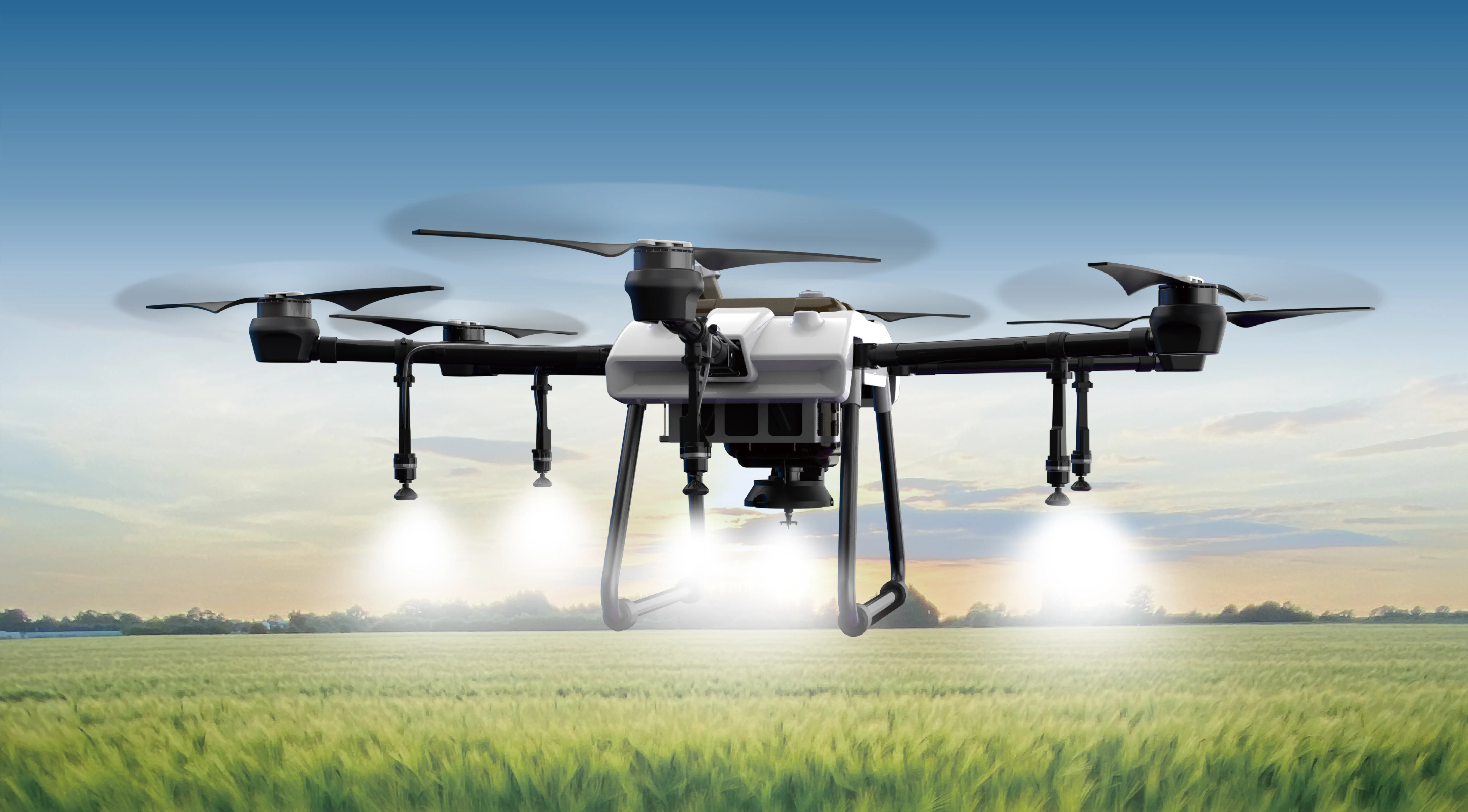In today’s fast-paced world of cloud computing, businesses are constantly on the lookout for ways to improve scalability, flexibility, and efficiency. One technology that has been gaining significant traction is microservices architecture. For many, it’s not just a trend—it’s become a game changer.

When we talk about microservices architecture in the cloud, we’re referring to a method of developing applications by breaking them down into smaller, independent components. These components, or services, work together to form the complete application, but each one can function on its own. Imagine running a store, where each department (like sales, inventory, shipping) is a separate entity, but they all contribute to making the entire business run smoothly. That’s what microservices bring to the digital world.
But why has this method become so popular? Agility is one of the biggest reasons. Traditional monolithic applications can be quite rigid and slow to adapt to change. If you need to update a small part of the app, you often end up having to redeploy everything. Microservices, on the other hand, allow teams to focus on individual services without affecting the entire system. This means faster updates, less risk, and, ultimately, a smoother experience for end users.
In the cloud, this architecture works wonders. Cloud platforms like AWS, Azure, and Google Cloud offer the ideal environment for microservices. Their inherent scalability and flexibility make it easy to expand or shrink your application based on demand. This is particularly useful for businesses that experience fluctuating traffic or need to quickly respond to market changes.
But let’s talk about real-world impact. Think about a company that provides online payment services. In the past, everything from payment processing to fraud detection might have been part of a single monolithic application. If there was a problem with the payment processing, the entire system could go down, affecting every part of the service. With microservices, payment processing can exist as one service, fraud detection as another, and user authentication as yet another. If one service encounters an issue, the others continue running without disruption. This results in better uptime and a more reliable system overall.
Another huge benefit is easier maintenance. With microservices, if one part of the application needs updating or improving, it can be done independently. You don’t have to wait for the entire system to be overhauled. Over time, this makes managing your cloud-based system far more efficient, freeing up resources for innovation and growth.
Of course, it’s not all smooth sailing. There are challenges, such as the complexity of managing multiple services and ensuring they communicate effectively. But with the right tools and platforms, like KPOWER’s cloud-based solutions, these challenges can be minimized, letting businesses focus on what really matters—delivering excellent service to customers.
Ultimately, microservices architecture in the cloud enables businesses to adapt faster, scale more efficiently, and maintain higher levels of performance. It’s the perfect solution for businesses looking to stay ahead of the curve and embrace the future of software development. Whether you're an established enterprise or a startup, this is the way forward. The cloud is here to stay, and with microservices, you’re equipped to make the most of it.
Established in 2005, Kpower has been dedicated to a professional compact motion unit manufacturer, headquartered in Dongguan, Guangdong Province, China. Leveraging innovations in modular drive technology, Kpower integrates high-performance motors, precision reducers, and multi-protocol control systems to provide efficient and customized smart drive system solutions. Kpower has delivered professional drive system solutions to over 500 enterprise clients globally with products covering various fields such as Smart Home Systems, Automatic Electronics, Robotics, Precision Agriculture, Drones, and Industrial Automation.




































